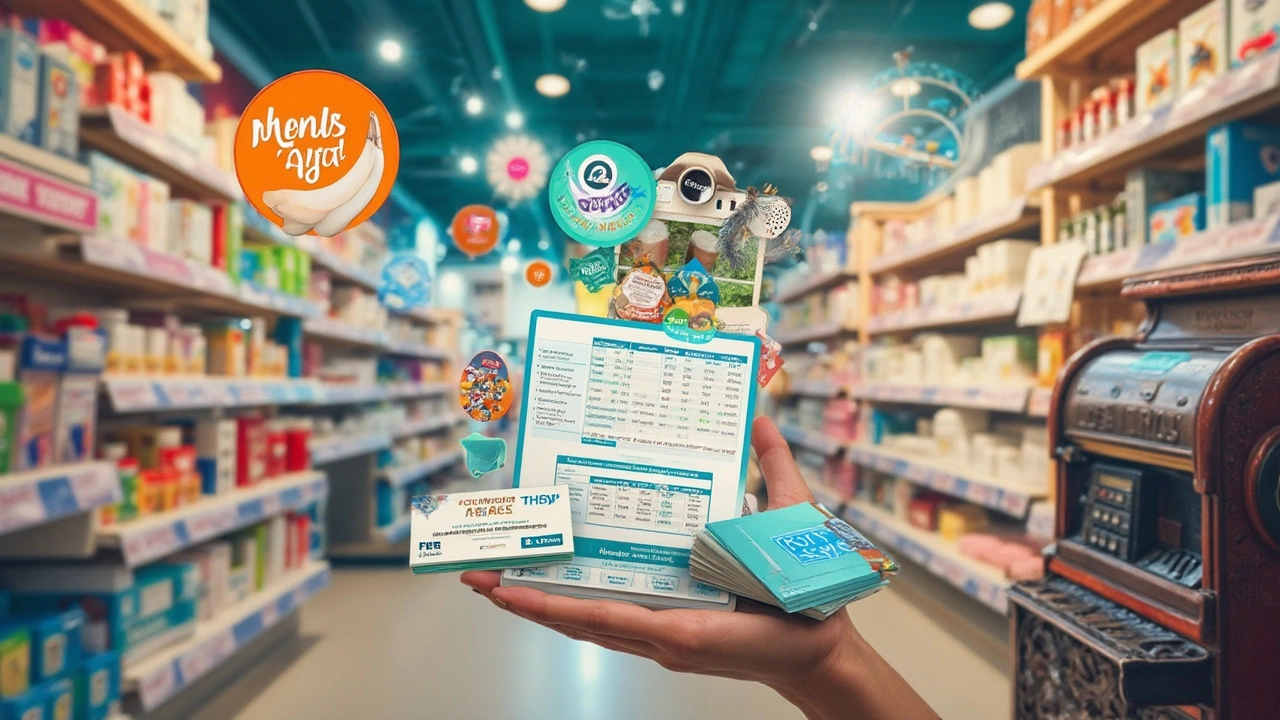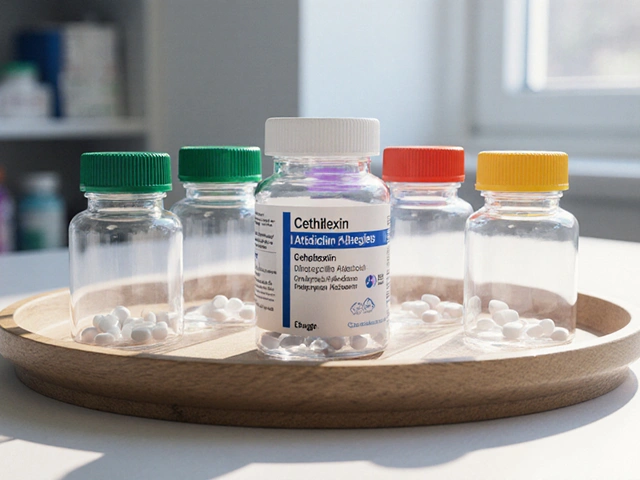GoodRx alternatives: how to save on prescriptions without losing safety
Seeing a big price on your meds and thinking "there must be a better way"? You’re right. GoodRx is popular, but other services and strategies often give equal or better savings. Below I’ll walk you through real alternatives, when to use them, and what to watch for so you save money without risking your health.
Top alternatives to consider
SingleCare — Works like GoodRx with coupons you show at the pharmacy. Often strong on generics and doesn’t need an account.
RxSaver (RetailMeNot) — Another coupon aggregator. It sometimes beats other prices for common meds and shows local pharmacy pricing.
Blink Health — Lets you pay online for a fixed discounted price and pick up at the pharmacy. Good when you want a guaranteed price ahead of time.
Amazon Pharmacy — If you already use Amazon, compare their prices and check for Prime benefits. They also handle refills and deliveries.
Large chain pharmacies (Walmart, Costco, Kroger) — These chains often run in-store generic programs (e.g., $4 lists or low-cost 90-day supplies). If you take one or two maintenance meds, a chain plan can be the cheapest.
Manufacturer savings cards — For brand-name drugs, a manufacturer coupon or co-pay card can cut costs a lot. Search the drug maker’s site before buying.
Mail-order and 90-day supplies — Your insurer or big mail-order pharmacies usually offer lower per-pill prices for 90-day refills. Best for stable chronic meds.
International and licensed online pharmacies — Canadian or international pharmacies sometimes offer lower prices, but always verify licensure and require a valid prescription. Avoid sites that sell controlled drugs without a prescription.
How to choose the best option
Compare prices first. Use two or three tools (e.g., SingleCare + RxSaver + your local chain) to see real local prices. Prices can vary widely for the same drug.
Check safety and legitimacy. For U.S. pharmacies look for state pharmacy licenses or NABP accreditation. Don’t buy controlled meds without a valid prescription and pharmacist consultation.
Ask about generics and therapeutic equivalents. Switching to a generic or a similar drug can save dozens to hundreds of dollars per month. Ask your doctor if a generic works for you.
Watch the total cost. Consider shipping, membership fees, and refill convenience. A low per-pill price loses value if shipping is high or delivery is slow.
Coordinate with insurance. Sometimes coupon prices beat your copay; other times using insurance and reaching a deductible makes more sense. Run the numbers for a year, not just one fill.
Use pharmacist help. A quick call to your local pharmacist can uncover cheaper in-store programs, pill-splitting options, or less-expensive forms of the same medicine.
Pick what fits your life: low price, fast pickup, or home delivery. Start with one alternative, compare on the next refill, and switch if you find a better deal. If you want, check our site for specific price comparisons and safety tips tailored to common meds.

Exploring the Best GoodRx Alternatives: A Guide to Finding Prescription Savings
As healthcare costs rise, many are on the hunt for ways to save on prescription medications. While GoodRx is a well-known option, it's not the only one. This article delves into ten alternatives, comparing their pros and cons, to help you find effective ways to lower medication costs. From digital apps to pharmacy loyalty programs, readers will discover diverse avenues to save money.
Categories
- Medications (50)
- Health and Medicine (46)
- Health and Wellness (34)
- Online Pharmacy Guides (15)
- Nutrition and Supplements (7)
- Parenting and Family (3)
- Environment and Conservation (2)
- healthcare (2)
- prescription savings (1)
Popular Articles



